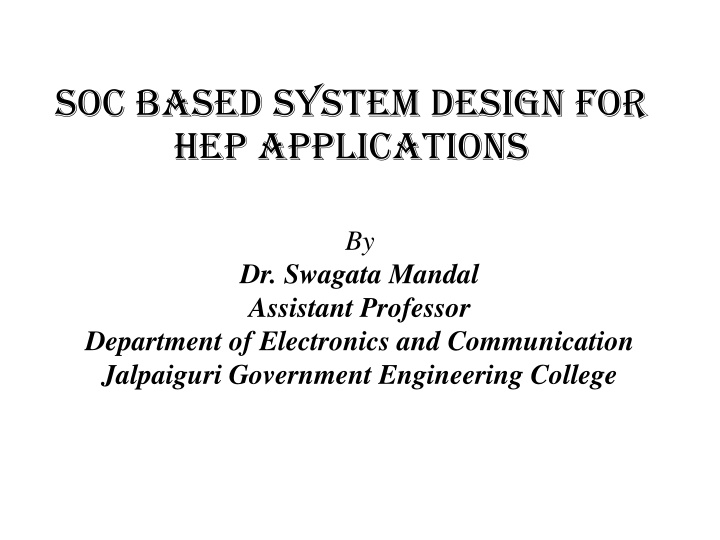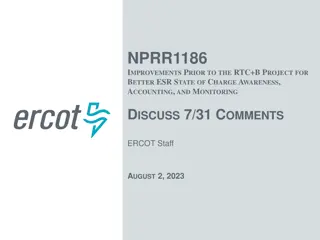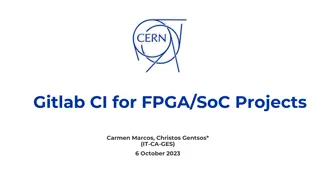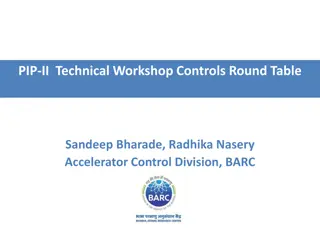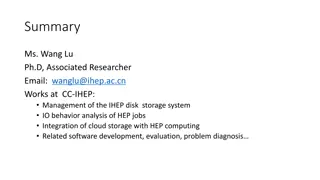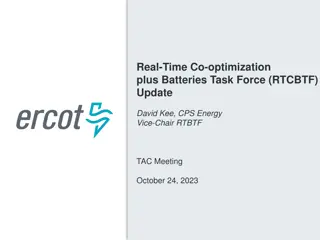SoC-Based System Design for HEP Applications
A glimpse into the design aspects of System on Chip (SoC) for High-Energy Physics (HEP) applications, detailing the architecture, advantages, and implications of ASIC to SoC transition. Explore Zynq SoC and internal architecture insights for efficient HEP experiments."
Download Presentation

Please find below an Image/Link to download the presentation.
The content on the website is provided AS IS for your information and personal use only. It may not be sold, licensed, or shared on other websites without obtaining consent from the author.If you encounter any issues during the download, it is possible that the publisher has removed the file from their server.
You are allowed to download the files provided on this website for personal or commercial use, subject to the condition that they are used lawfully. All files are the property of their respective owners.
The content on the website is provided AS IS for your information and personal use only. It may not be sold, licensed, or shared on other websites without obtaining consent from the author.
E N D
Presentation Transcript
SoC based System Design for HEP Applications By Dr. Swagata Mandal Assistant Professor Department of Electronics and Communication Jalpaiguri Government Engineering College
Introduction A complex integrated circuit (IC) that integrates major functional elements into a single chip. In addition to IC, SoC consists of software and interconnection structure for integration. May contain digital, analog, mixed-signal functions in a single chip substrate The components of SoC include CPU, GPU, Memory, I/O devices, etc. Compared to a multi-chip architecture, an SoC with equivalent functionality will have increased performance and reduced power consumption as well as a smaller semiconductor die area. Due to their low power consumption, SoCs are common in the mobile electronics market and finds a wide use in the arena of embedded systems.
Internal Architecture of SoC Fig: Hardware system architecture of an embedded SoC
SoB vs SoC System on Board System on Chip
Advantages & Disadvantages Advantages of SoC Low power. Low cost. High reliability. Small form factor. High integration levels. Fast operation. Greater design. Small size. Disadvantages of SoC Fabrication cost. Increased complexity. Time to market demands. More verification.
ASIC to SoC ASICs: Application Specific ICs are close to SoC designed to perform a specific function for embedded and other applications. ASIC vendors supply libraries for each technology they provide. Mostly, these libraries contain pre designed/verified logic circuits. SOC is an IC designed by combining multiple stand alone VLSI designs to provide a functional IC for an application. It composes of pre designed models of complex functions e.g. cores (IP block, virtual components, etc.) that serve various embedded applications.
Zynq SoC Fig: A simplified model of the Zynq architecture Fig: Relationship of the software system, hardware system, and Zynq architecture
System Design for HEP Important part of HEP experiments are the detectors, Data acquisition system and trigger & control unit. Variety of particle detectors have been developed over the years to measure the energy, direction, spin, charge, etc. of particles. High speed electronics are used within detectors to capture the particle data and send this data to external computer systems for post-processing. SoC can be a good solution for development various component of data readout and trigger unit. Due to presence of FPGA based processing logic and processing system on the same platform it can be useful for data processing in space and time constrained applications.
ARCHITECTURE VULNERABILITIES An intense radiation field is generated from the high energy particle collisions within HEP experiments. The actual radiation environment depends heavily on the experiment itself and on the location within the experiment. Radiated charge particles can incur faults in various location of SoC: Memory Unit (Both flash and Block memory) Configuration memory of PL unit PS unit PS & PL interface Nature of fault: Temporary or soft error Transient error Single Bit Upset Multi-bit Upset Permanent or hard error
Error Mitigations in PL unit Hardware Redundancy TMR, CED, state machine encoding, special purpose placement and routing, design diversity redundancy, reduced precision redundancy, duplication with compare Configuration Scrubbing Used in configuration memory of PL unit Error Correction Coding: BCH, Hamming, Product code for both SBU & MBU Flip-Flop Mitigation: the state of the flip-flops can be protected from SEUs by exploiting redundancy System-Level Mitigation: Use of watch-dog timers, radiation-hardened system monitors, and system checkpointing.
Error Mitigations in PS unit N-version Programming: In N-version programming, N versions of software are developed by N individuals or groups of developers. N-version programming is just like TMR in hardware fault- tolerance technique. In N-version programming, all the redundant copies are run concurrently and result obtained is different from each processing. The idea of n-version programming is basically to get the all errors during development only.
Recovery Blocks Recovery blocks technique is also like the n-version programming but in recovery blocks technique, redundant copies are generated using different algorithms only. In recovery block, all the redundant copies are not run concurrently and these copies are run one by one. Recovery block technique can only be used where the task deadlines are more than task computation time.
Check-pointing and Rollback Recovery This technique is different from above two techniques of software fault-tolerance. In this technique, system is tested each time when we perform some computation. This techniques is basically useful when there is processor failure or data corruption.
